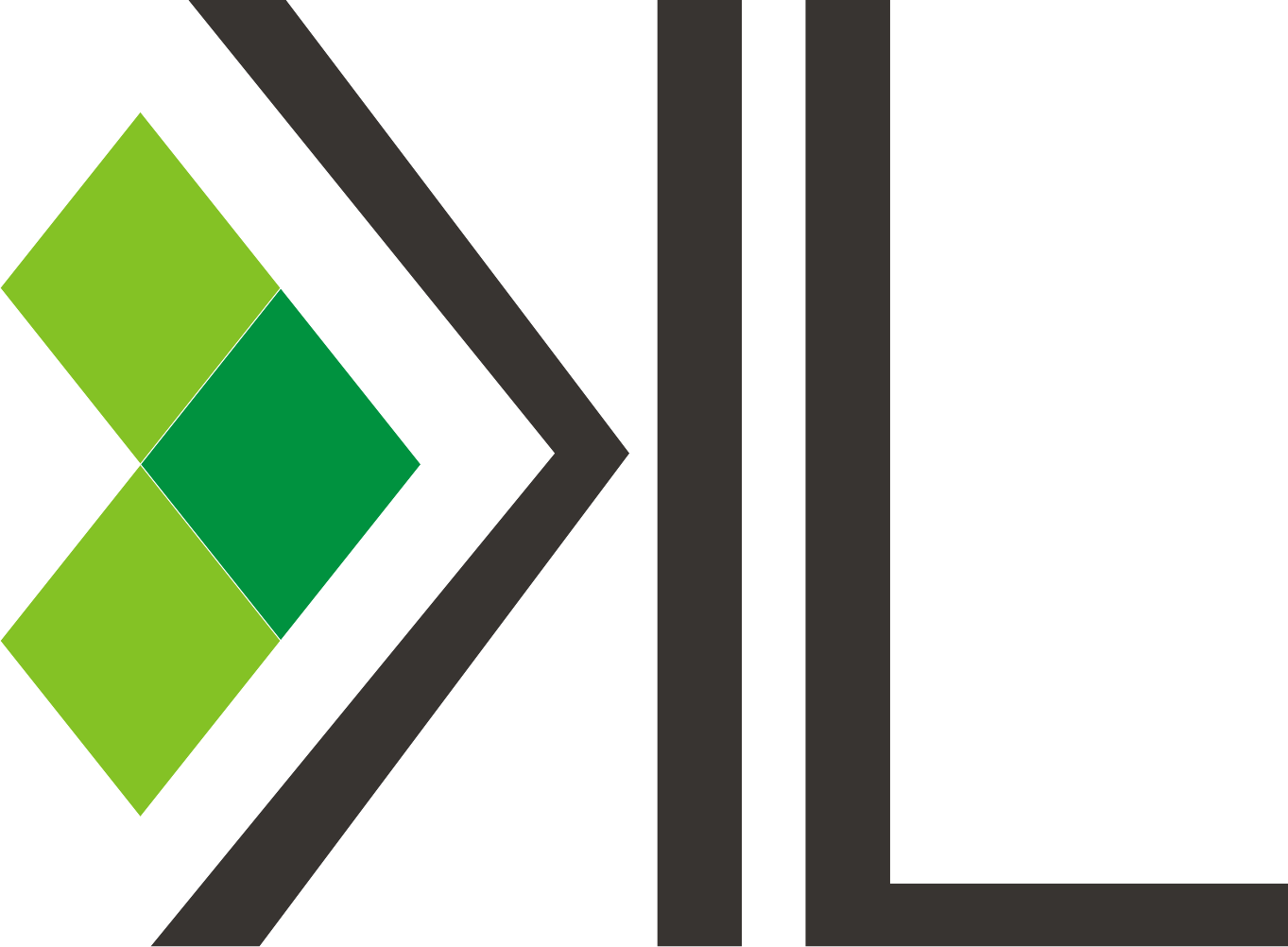Geometrical Forms in Space
Sun 08 May
|Budapest
Geometrical Forms in Space A Selection by Gábor RIEDER


Time and Location
08 May 2022, 09:30 – 17:30 CEST
Budapest, Budapest, Krisztina krt. 55, 1013 Hungary
About
Geometrical Forms in Space
A Selection by Gábor RIEDER
The origins of Geometric Abstraction can be traced back to the legendary Bauhaus, the
German workshop of modern architecture and Gesamtkunstwerk notions. It was here that
Sándor Bortnyik’s 1922 work – known as Geometrical Forms in Space – was born, being thus
one of the early pioneering masterpieces of Hungarian abstraction. Although Bortnyik was not an official student of the school, he lived in Weimar during the early years of the Bauhaus and
knew not only the Hungarian students, but also the professors who are today international
stars. According to his 1924 programme, which he formulated together with the Hungarian
Bauhäusler, painting does not depict the world but instead creates it: “The new, creative
painting does not merely acknowledge the existing phenomena of life, but demands the constructive order already existing in the picture through its own, self-realised means.
The final goal of this constructive order is not the image, but reality itself.” Bortnyik’s painting does not copy a given sight, but creates a new constructive space, populated with “artificial” shapes elicited by mathematical abstraction. Although the aim was to rewrite the basic code of reality, a new order of artistic forms emerged, intertwining with the spirit of
20th century modernity. Ultimately, this really did change the reality around us.
In the 1930s, it might have seemed that the non-figurative artistic language of colourful geometrical forms articulated by the Bauhaus was doomed to oblivion. But after the World War II, and especially in the 1960s and 1970s, there came the great era of Geometric
Abstraction – ranging from eye-catching Op art, through Hard-edge painting with ruler-drawn edges, to new efforts that revived the Concretist tradition.
Geometric non-figurativity has since become a living tradition in both Western and Hungarian art. One of its main directions follows in the footsteps of the logic of Concretism, excluding meaning and creating new aesthetic realities (János Fajó, Tamás Hencze, Ferenc Lantos). helyette: Another one follows the methodology of scientific experimentation (József Bullás, Dóra Maurer, Vera Molnár), and the third one smuggles allegorical layers of meaning in between the dimensions of geometric idioms (Imre Bak, Tamás Konok, András Mengyán).
A new generation has also joined the broad 20th century modernist tradition of Geometric Abstraction, in some instances continuing the minimalist programme of Concrete art (Tamás Jovánovics), in other cases evoking postmodern architectural patterns (Judit Horváth Lóczi), sometimes dissecting and Combining
elements of tradition and geometry with the freshness of The New Abstraction tuned to techno beats (Márton Nemes). We live among geometric forms, from the straight edges of our apartment interiors to the rectangles of the digital screens we use: among the most distinct artificial creations of human civilisation, the descendants of Bauhaus modernity. The geometry-inspired, abstract works created by contemporary artists analyse, interpret, mime, frame or even recreate this everyday condition of modern existence. Selected from the Hungarian National Bank’s collection, the exhibition unravels the contemporary history of
Geometric Abstraction deploying the Bauhaus work Geometrical Forms in Space by Sándor
Bortnyik as a starting point.
Schedule
20 minutesKapunyitás, látogatók érkezése
10 minutesKöszöntő

